Balance or Burn: Taking Care of Your Mental Health at Work
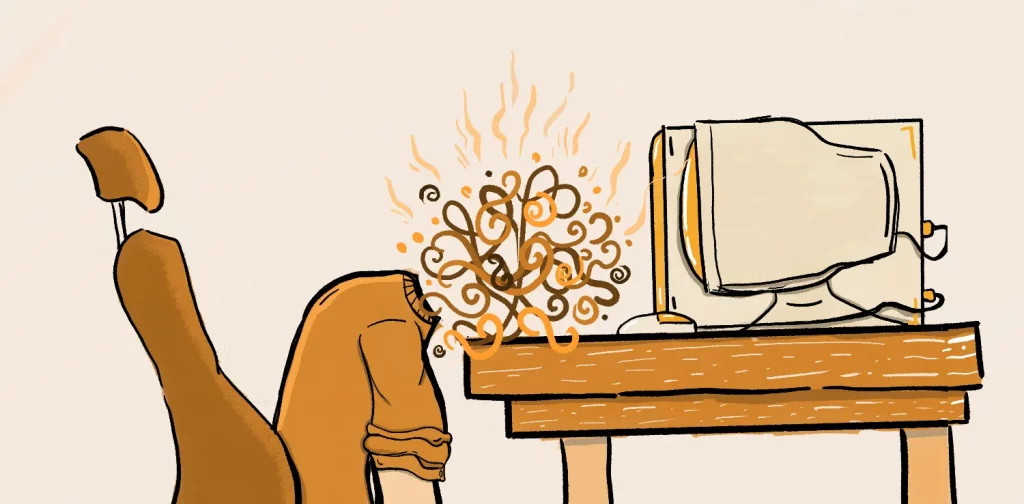
Illustration by Irhan Prabasukma.
How many hours do you spend working in a week? The most common answer for office workers is probably 40 hours a week. However, this might exclude overtime and the extra time you use for work-related stuff when you’re not on the clock. So, the real answer is probably worse, especially if you’re trapped in the hustle culture. Of course, living like this can take its toll on our mental health.
Hustle Culture 101
In a world where profit still matters the most, productivity is survival. No work, no money, no life. This system makes it so that for many people, working so much is unavoidable. For them, working multiple minimum-wage jobs is not a culture or a choice. It’s the only way they can make enough money to support themselves and their families.
This faulty system then “creates” hustle culture. Nowadays, hustle culture has become such a glorified buzzword, a badge of honor as proof of a worthy, productive life.
Hustle culture places productivity at the very top of the priority list. The most common trait associated with the culture is overworking. Working overtime, back-to-back meetings, being on standby 24/7, and juggling a side hustle or more have become increasingly normalized among workers. If you’re not working, you’re falling behind.
Unsurprisingly, this lifestyle is unsustainable. A car that runs beyond its limits is bound to crash. Likewise, working with little to no rest can negatively affect our health. Though, unlike cars, we must also consider our mental health.
In their guidelines for mental health at work, WHO states that 15% of working-age adults worldwide live with a mental disorder. As we spend so much of our waking time at work, creating a healthy balance between working and resting is crucial to protect our mental health from deteriorating.
Symbiosis of Mental Health and Work

Ideally, work is beneficial for our mental health. Besides generating income, meaningful work allows us to have a structured routine and gives a sense of purpose and accomplishment. For workers with pre-existing mental conditions, work can even contribute to their recovery by improving self-esteem and social functioning.
However, workers worldwide are showing distress, depression, and anxiety symptoms. One in four workers feels signs of burnout. Burnout is more than being tired, and it usually doesn’t go away after just taking a week off.
Burnout is, in fact, recognized by WHO as an occupational phenomenon where workers experience chronic exhaustion, detachment, and reduced productivity due to unmanaged workplace stress. Workload and work pace, work schedule, and organizational culture and function are listed by WHO as risk factors for poor mental health at work.
Good Mental Health at Work: Individual Interventions

People are starting to walk away from hustle culture, especially the youth. Some even swerve so hard that they only do the bare minimum of their job descriptions because they feel disengaged from their work. This behavior is called quiet quitting, an internet term popularized as ‘the antidote’ for hustle culture when it’s actually another symptom of an unhealthy system.
This awareness that rejects overworking signifies a start to a new era of good mental health at work. However, what the system truly needs is interventions from all related stakeholders.
Understanding how tightly work and mental health are connected would hopefully lead to good changes. For instance, some national governments have opted to try out the 4-Day Week system. On a smaller scale, some people are adopting the slow living lifestyle.
Corporations and businesses have a huge responsibility in transforming the system to create decent work for all that could promote and protect employees’ mental health at the workplace. Meanwhile, there are also individual steps you can take to live a mentally healthy life as a worker:
- Check-in with yourself. It’s important to know yourself well: your ideal working condition, your limits, and the signs to watch out for when you need a break. Recognizing and acknowledging these signs can be difficult, but learning this skill is crucial.
- Engage in leisure-based physical activities. According to WHO’s guidelines, activities such as walking, yoga, dancing, and others are considered beneficial in improving workers’ mental health and workability. Spending time outside in nature would be preferable.
- Communicate with your managers and coworkers. This can help them gain perspective about your current conditions. An abrupt change in work behavior without proper communication can trigger workplace conflict that will add to the stress.
- Consult mental health professionals. They can give you insights about work stress and other mental health issues as well as the steps to overcome them. A decent workplace should facilitate this measure. Check if your workplace accommodates your mental health needs, and don’t hesitate to use it.
- Encourage and take care of each other. Cultivating a healthy work culture among your peers helps promote good mental health at the workplace. This might also lead to meaningful systemic changes due to pressure from united, healthy workers.
‘Curing’ burnout is not easy. It requires time and resources we often can’t afford, but we could prevent it by taking these steps and having quality resting time.
Sure, individual interventions produce smaller effects compared to governmental and employer interventions. However, small things matter, too. Individual efforts can reduce mental health stigma at work, opening a door for a more inclusive, open, and healthy workplace.
Thank you for reading!
If you find this content useful, join GNA-International Annual Individual Membership and gain unlimited online access to all news and stories, including Exclusive Content that showcases sustainable development and sustainability cross-sectoral insights from multi-stakeholders in governments, businesses, and civil society in the Asia Pacific and beyond.




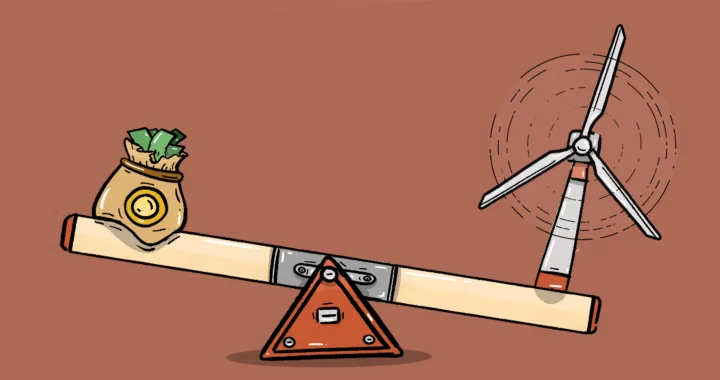 Developing Countries Need More Than Climate Financing to Decarbonize
Developing Countries Need More Than Climate Financing to Decarbonize 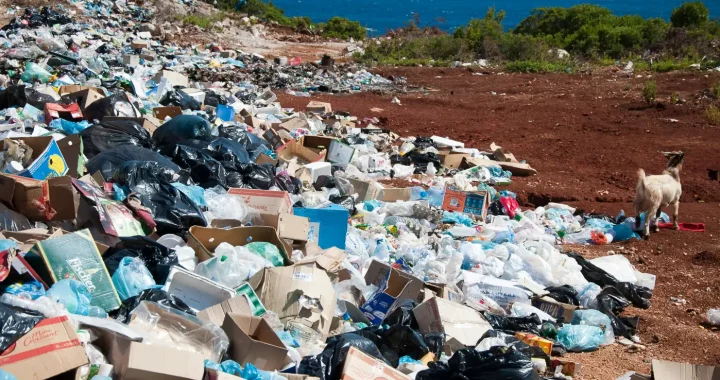 A Global Treaty to End Plastic Pollution is Underway
A Global Treaty to End Plastic Pollution is Underway  Indonesia Needs More “Climate Realists”
Indonesia Needs More “Climate Realists” 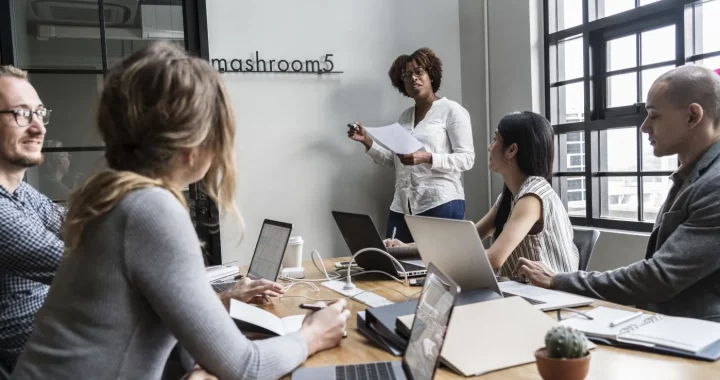 Mainstreaming Impact Investing for Sustainable Development
Mainstreaming Impact Investing for Sustainable Development 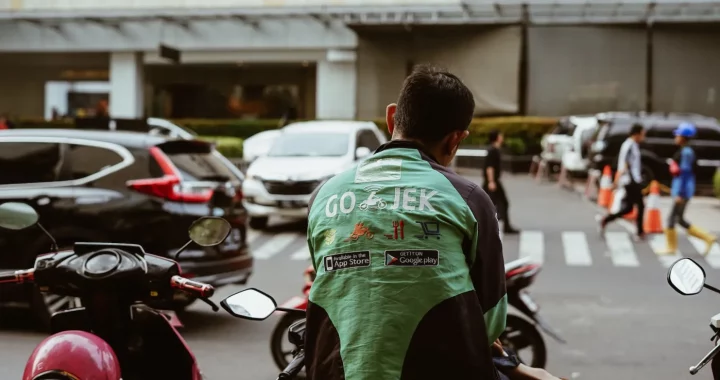 Social Protection for Indonesia’s Gig Economy Workers
Social Protection for Indonesia’s Gig Economy Workers 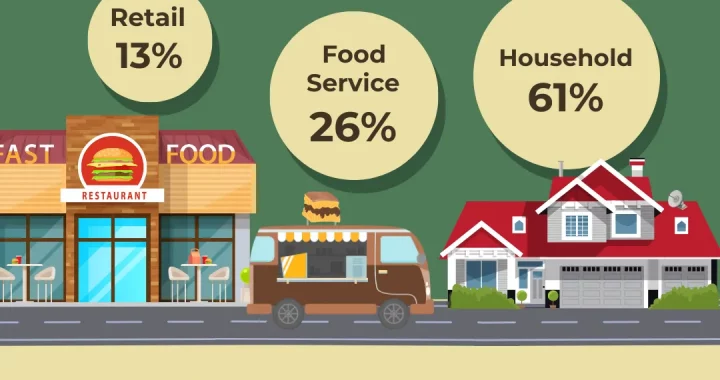 Food Waste in Southeast Asia
Food Waste in Southeast Asia